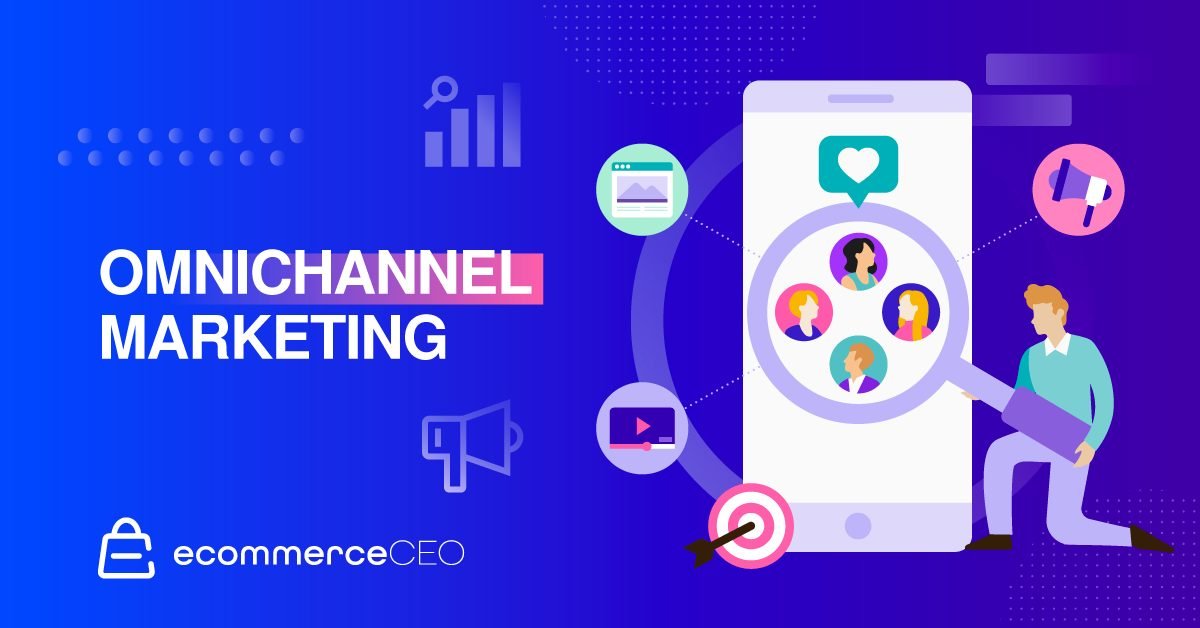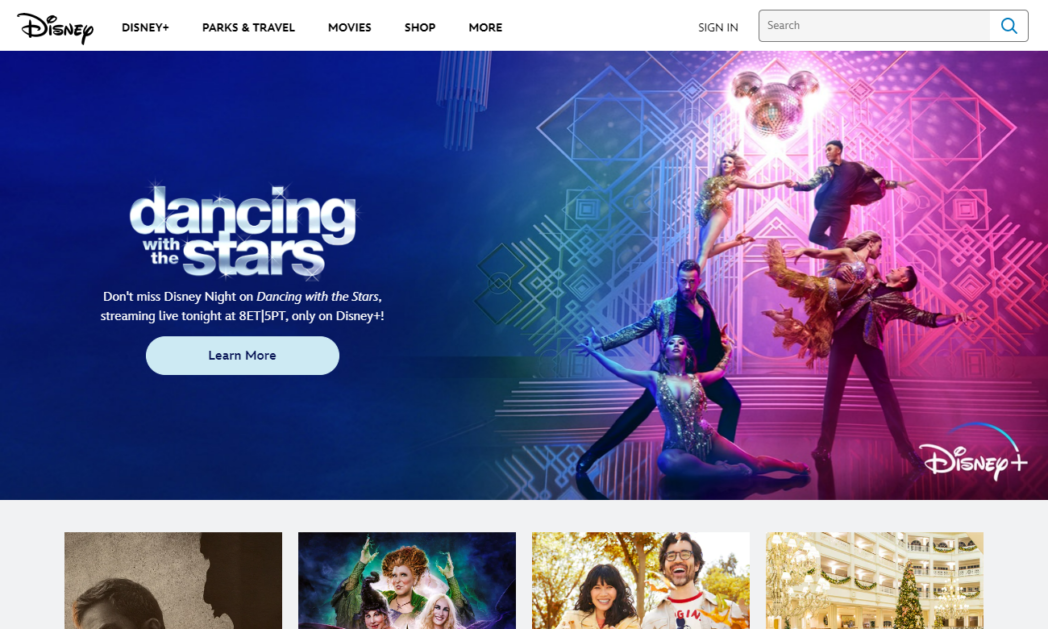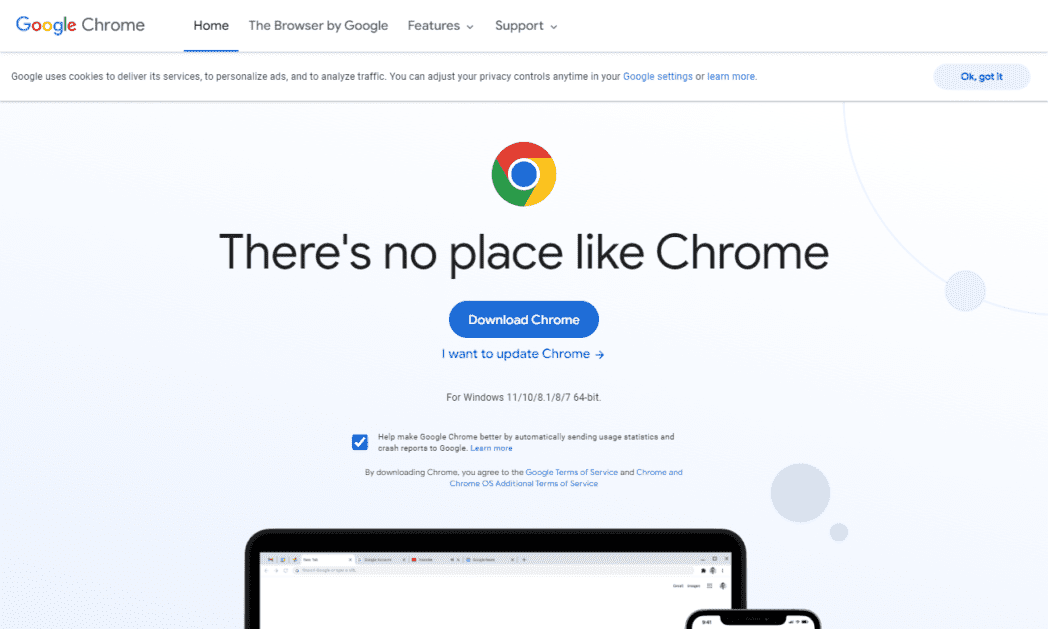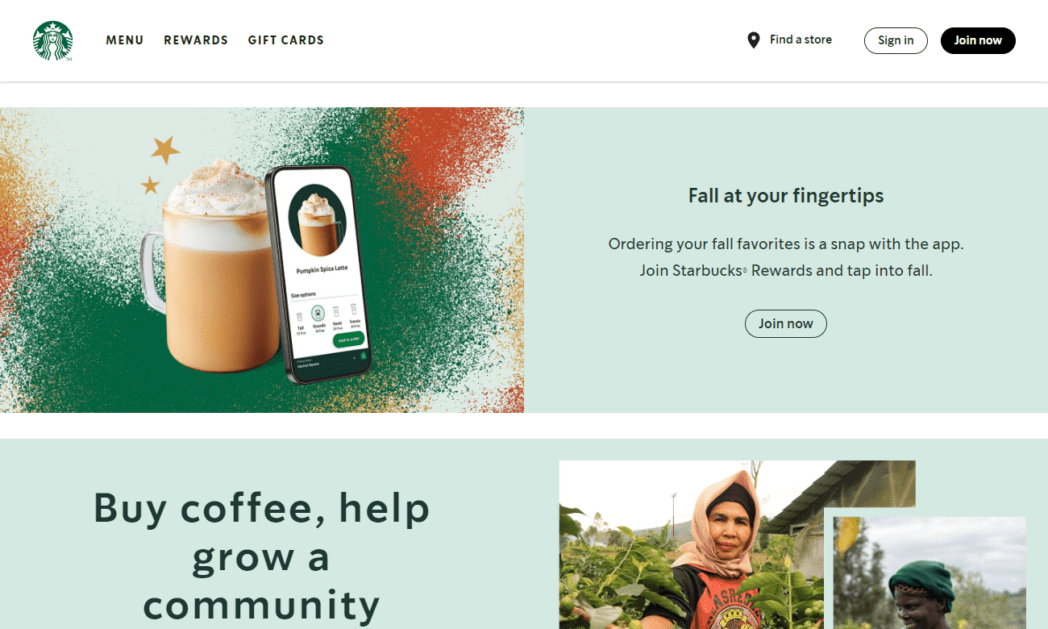If you’re an ecommerce business owner, then you know a lot goes into marketing your products or services online.
To be successful, you need to have a comprehensive understanding of all the different channels available to you and how to use them to reach your target audience. That’s where omnichannel marketing comes in.

Omnichannel marketing is a strategic approach that considers how your customers interact with your brand. This includes everything from your website and social media channels to brick-and-mortar stores and even phone calls.
By understanding the customer journey and using data to inform your decisions, you can create a seamless experience for your customers no matter how they choose to interact with you.
In this blog post, we’ll take a closer look at omnichannel marketing and why it’s so important for ecommerce businesses. We’ll also provide some tips on how you can get started with omnichannel marketing for your business.
Definition of Omnichannel Marketing
Omnichannel marketing uses multiple channels (e.g., physical stores, websites, social media, etc.) to reach and engage customers. These channels work together seamlessly in an omnichannel strategy to create a unified, consistent customer experience.
Omnichannel vs. Multichannel Marketing
Using data to know your customers, omnichannel marketing creates a seamless, personalized experience for customers across channels.
By contrast, multichannel marketing focuses on engaging as many customers as possible while still converting them via the channel they first found your brand. In both cases, your goal is to drive as many sales as possible.
While multichannel marketing is often more effective, it can also be less efficient if you don’t have the budget or resources to devote to each marketing channel.
The main difference between omnichannel and multichannel marketing is that multichannel marketing allows each channel to operate independently, relieving the burden of communication for stakeholders and allowing you to focus on building each one.
Omnichannel marketing can benefit your business if you want to establish a trusted relationship with customers and increase brand loyalty. It can also help you increase customer retention and attract new customers.
It’s essential to keep the customer at the center of your business, which means understanding what they want from your brand.
Multichannel marketing requires a consistent style and message. It gives your customers direct access to your brand.
But it also requires consistency and unification across all channels. Omnichannel marketing reaches a large number of people in a short amount of time.
Omnichannel Attribution
An omnichannel attribution is an approach to marketing that considers all the touchpoints a customer has with a brand when making a purchase. This means looking at not just the final sale but also the journey that led up to it.
This comprehensive approach can give businesses a better understanding of what’s working and isn’t in their marketing efforts. Additionally, it can help them see where they may need to make changes to better reach and engage their target customers.
Media Mix Modeling (MMM)
Media mix modeling is a statistical technique that analyzes the effect of advertising and media on sales. The results can be used to decide on ad spending and cut costs. The process requires many variables, including media impressions, advertising spending, and PR.
Media mix modeling aims to ensure that marketing dollars are matched to business objectives. The model considers multiple factors, including the frequency and timing of interactions. It also helps brands determine the incremental value of media investments.
Media mix models are especially important for large brands because they help them understand the incremental value of their marketing investments.
Beyond helping companies understand the impact of various marketing campaigns, media mix modeling helps marketers optimize future spending. It can optimize the budget, geographic distribution, and scale of marketing campaigns. With the right data, marketers can make better decisions and maximize sales.
Multi-Touch Attribution (MTA)
A multi-touch attribution model accounts for user-level data and scales the effectiveness of the various touch points. It is becoming increasingly important for marketers because it provides a more detailed person-level view than standard aggregate approaches. It also allows marketers to track and optimize their marketing efforts. This is important for marketers trying to determine ROI and user experience.
MTA models use buyer journey data to assign credit to various marketing touchpoints. By understanding which marketing channels are most important for each customer, marketers can optimize their efforts and identify new customer segments.
They also help determine the most effective marketing channels. With this granular data, multi-touch attribution models can help marketers identify their target audiences and determine what they want to hear about.
MTA models provide deeper insights than single-touch attribution but come with significant challenges. MTA requires more data, data integration from different marketing channels, and further data cleaning and modeling processes.
Benefits of the Omnichannel Marketing Approach
Reach New Customers
By having a presence on multiple channels, you can reach more potential customers than if you only focus on one channel.
For example, suppose you’re selling products on Amazon but not promoting them on your website or social media channels. In that case, you’re missing out on potential customers who might not be searching Amazon specifically for your products.
Provide a More Consistent Customer Experience
Omnichannel marketing also allows you to create a better customer experience by providing customers with multiple touchpoints (i.e., interactions with your brand).
For example, if a customer is looking for a particular product but can’t find it in your physical store, they might be able to find it on your website or through one of your social media channels. Or if they have a question about a product they saw in an ad, they can easily get in touch with you through live chat or email.
Omnichannel marketing aims to provide customers with a seamless brand experience that is convenient, efficient, and hassle-free. When done right, omnichannel marketing can help you stand out from the competition and turn one-time shoppers into lifelong customers.
Faster Revenue Growth
Compared to single-channel marketing, a multichannel strategy will generate more revenue faster. You have more avenues to reach and connect with customers, letting them choose the best path, including offline channels.
Better Customer Retention Rates and Higher Customer Loyalty
Omnichannel marketing allows you to build customer relationships based on trust and transparency.
Well-executed omnichannel marketing provides customers with an engaging and personalized shopping experience.
Collect data about what products your customers have purchased in the past. You can use this information to make targeted recommendations about other products they might be interested in. You can also use this data to send personalized offers and discounts specifically tailored to their individual needs and preferences.
When done correctly, it gives customers the feeling that they are being communicated with as individuals rather than as part of a faceless mass market. This helps foster loyalty and repeat business from customers who feel like they know and trust your brand.
Challenges of Omnichannel Marketing
Preventing Information Silos
When you have multiple departments working on things, it’s easy for information to become siloed. You must have technology that keeps the information available to everyone and updated in real-time, regardless of which department is working on it.
To prevent silos, you must use a collection of tools that can integrate to share data. When tools don’t talk to each other, you’ll end up with silos that dilute your efforts.
Providing a Consistent Brand Experience Across Various Channels
The key to the omnichannel approach is consistent messaging regardless of where customers touch. Without the right data and tools, you’ll struggle to identify your best customer touchpoints and how to best target your messaging.
You must personalize the online experience for each individual, regardless of the channel they choose to engage with. You can automate various parts of the process with the right predictive algorithms.
Technical Challenges
Getting the right marketing tools in place to support your efforts can be hard. You’ll have a lot of data to sync and may run into conflicts across channels.
Three-quarters of customers expect companies to use technology to improve their experience.
That’s why you need to spend time researching options for customer relationship management (CRM), email marketing software, ecommerce platforms, and various tools that work together to help you get a clear picture of everything from top to bottom.
Setting and Maintaining Budget
Knowing how much money you need to spend and where to allocate it to get the best results can be difficult. As such, it’s easy to overspend in general or spend too much in one area of your marketing.
Start small in each area. Pay attention to analytics. Scale up what works while scaling back what doesn’t. Rinse and repeat.
6 Steps to Building a Successful Omnichannel Marketing Strategy
Involve the Whole Team
To be successful with omnichannel marketing campaigns, you have to get support from everyone – not just your marketing team. You must agree to make everything customer-centric and cooperate across the board to make it happen.
Collect and Analyze Customer Data
Data is the center of your efforts. You’ll struggle to build an effective strategy without a clear understanding of who your customers are, where they come from, and how they interact with your brand.
Start with detailed buyer personas and then compare those to your actual customers.
Data will help you send relevant messages to the right segments at the right time. It will also help your product team when it comes to merchandising products. Your customer support team must keep conversations consistent.
Regardless of why individual team members need the data – it helps provide the cohesiveness you need for omnichannel.
Map the Customer Journey
The customer journey is the path customers take as they move from awareness to purchase. The customer journey has three main stages: awareness, consideration, and decision.
During the awareness stage, potential customers become aware of their problem or need.
During the consideration stage, they research solutions and compare options.
And during the decision stage, they decide which product or service to purchase.
As a business owner, it’s important to map out the customer journey so that you can develop targeted content for each stage of the marketing funnel.
Develop Brand Guidelines and Target Messaging Appropriately
Personalization is also a crucial part of your efforts. More than half of customers expect offers to be personalized. That personalization makes it easier to target your messaging. Segment your customers into smaller groups based on the available customer data to make it easier.
Focus on things such as:
- Demographic Data: Age, gender, location, marital status, occupation, income level, etc.
- Customer Engagement: How customers interact with various campaigns and channels
- Shopping Habits: Stage of the customer journey, how often they purchase, their average order value, etc.
Optimize for Mobile Devices
Today’s consumers rely more on smartphones than ever, so you cannot avoid mobile optimization.
Insider Intelligence predicts mcommerce sales to hit $534.18 billion, in 2024. With buy buttons at consumer fingertips this number will continue to grow in the coming years.
Test, Test, Test
With each campaign, you’ll have access to more data you can use to further refine and improve your efforts. Use split testing to test various elements of your campaigns, such as:
- Different email messages
- Various calls to action
- Images
- Send times
- Subject lines
- Colors and layouts
To be effective, test one element at a time. This way, you know exactly which change influenced the results.
Set Goals and Measure Progress
Don’t forget to set goals and monitor progress along the way. If you find something’s not working the way you thought it might, don’t be afraid to adjust course.
For the greatest chance of success, use the SMART framework. SMART goals are:
- Specific
- Measurable
- Attainable
- Relevant
- Time-Bound
For example:
“We will increase our Facebook following by 10% over the next quarter.”
This is specifically about how much you’ll increase the following. It’s measurable because you can easily compare your followers now to the followers at the end of the quarter.
It’s attainable because you’re not trying to increase your followers by a crazy amount in a short time. It’s relevant because it helps you reach more customers. And it’s time-bound because you’re giving yourself a certain period to accomplish it. Without that time-bound element, you lack the urgency to take action.
Examples of Omnichannel Marketing
Spotify

Spotify offers a great example of an effective omnichannel strategy. They have a desktop, mobile, and web app that sync across all your devices if you have multiple versions of the app open simultaneously.
If, for instance, you’ve connected your Spotify account to your smart speaker, you can see the song playing via your phone and control the music from there, too.
Amazon

To create a stellar retail omnichannel marketing experience, mimic Amazon. Their marketing approach makes online purchases easy. Once you’re signed in with the mobile app, your desktop and mobile purchases and carts are synced, so you can shop how you choose. And they’ve partnered with Kohl’s and UPS to make in-person returns easier.
Disney

With an ever-growing list of features and perks, it’s not hard to see why so many people love visiting Disney parks. The company gets the omnichannel experience right down from your initial site visit through their beautiful mobile responsive website and other digital properties like trip planning websites that work well on phones.
Once booked, there are also plenty of tools available through My Disney Experience (MDE) that make sure you’re prepared for anything during your vacation, including where the best dining spots are, securing Fast Passes at specific rides, or making sure you get the chance for photos with your favorite characters.
Google Chrome

Google Chrome provides an excellent experience for consumers. Users who are signed into their Google Chrome profile can sync history, bookmarks, and more across devices to improve the mobile experience.
Whether you’re using a desktop or mobile device, you’ll be able to access everything. And if you’re using a friend’s computer, you can sign into your Google Chrome profile without disrupting their experience.
Starbucks

With the Starbucks mobile app, customers have a cohesive online and in-store experience. Everything runs smoothly if you use the app to pay for your drinks in-store or place an order for pick-up. You can easily track your rewards, top up your Starbucks payment account, and more.
FAQs
Get Started with Omnichannel Marketing Today
If you want to create positive experiences for your customers, you need to create a strong omnichannel marketing strategy. Start small, and add new channels as you grow, aiming to create a seamless user experience regardless of which channels your customers use.









